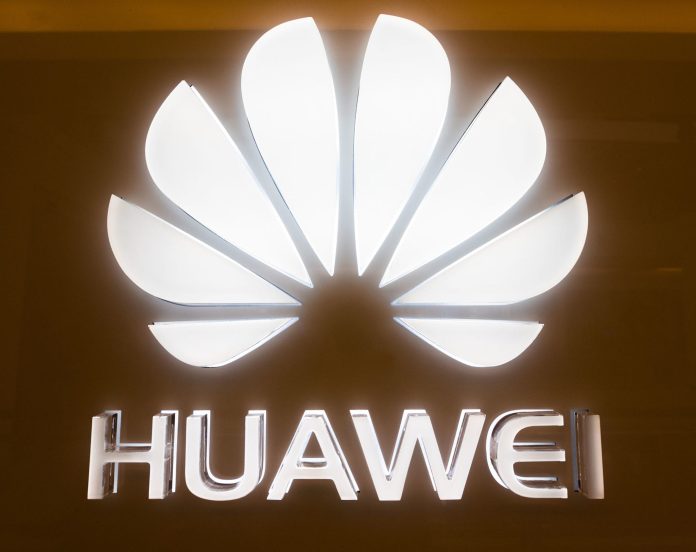Huawei views collaboration as key to IoT success
Chinese vendor Huawei has been very active in the development of internet of things (IoT) solutions. The vendor believes that IoT exists in a massive ecosystem that requires joint investment and collaboration between ICT solution providers, enterprises, research institutes, and governments.
“The massive requirements and potential applications of IoT are becoming clear: the number of IoT connections will vastly exceed connections between people. IoT is destined to benefit the global economy with transformative technologies made available for wearables, smart home appliances, smart cities, logistics management, and much more,” said Ken Hu, Huawei’s rotating CEO.
“We expect to see 100 billion connections by 2025: 55 percent will be in the business domain and 45 percent will be for consumers. The massive number of connections will enable significant productivity gains for companies and individuals,” Guo Ping, Huawei’s deputy chairman of the board and rotating CEO, said.
Some of Huawei’s solutions in the internet of things space include:
Smart logistics
Huawei smart logistics solution uses vehicle-mounted terminals to collect data of multiple sensors such as temperature sensors, GPSs, and identity cards, and backhauls the data through networks.
Connected city lighting
Huawei connected city lighting solution integrates with the LED lighting technology to provide value-added services including street light control and pole resource expansion. The smart lighting solution uses short- and long-distance communication technologies to control street lamps and promote the value-added service using lamp post resources, decreasing energy consumption and maintenance costs. The solution provides the following features: automated lighting adjustment, remote lighting control, proactive fault alarm, and anti-theft lamp cable. These features allow the solution to save energy, reduce emissions, offer emergency lighting and decrease maintenance costs, Huawei said.
Smart water
Huawei smart water solution features NB-IoT modules which are integrated into water meters through cooperation with meter vendors. Operators help water supply companies to maintain wireless networks. NB-IoT uses the 3GPP protocol which is a standard communications protocol, enabling water meters provided by different vendors to be compatible. Customers can use water meters provided by any vendor during maintenance and replacement.
Smart parking
Huawei smart parking solution collects and queries packing space information, which reduces operation costs such as labor costs, increases the parking space usage rate and profitability, and implements data monetization.
In 2015, Huawei had launched its Agile IoT platform. Huawei’s Agile IoT solution enables objects to connect to the Internet and communicate with each other, with a wide range of tools for network management and maintenance.
The Huawei Agile IoT Solution consists of three core components:
-Agile controller
-Agile IoT gateways
-LiteOS
The Huawei Agile Controller is an IoT host for enabling unified management of IoT terminals, gateways, computing resources, applications, and data. The controller provides scalability to support management and control of large IoT terminal networks, and is also built on an open software architecture that enables access across a wide range of industry applications.
Agile IoT gateways have the following key features: Access to more than seventeen types of IoT interfaces that can load protocols from the Agile controller to meet service requirement specifications, and support for local decision-making by integrating computing and storage resources. The Agile IoT gateway is water and dust proof, shock resistant, and engineered for anti-electromagnetic interference and operation under a wide range of temperatures.

